Insights Hub

Clearing the Air: Seam Tracking and Seam Finding
Introduction The increased capabilities of robots, coupled with their falling costs, has resulted in higher rates of automation in manufacturing processes such as welding. Robots are traditionally programmed to perform the exact same motion for every workpiece. Unfortunately, each workpiece may have dimensional and positional variations or even defects. Because...
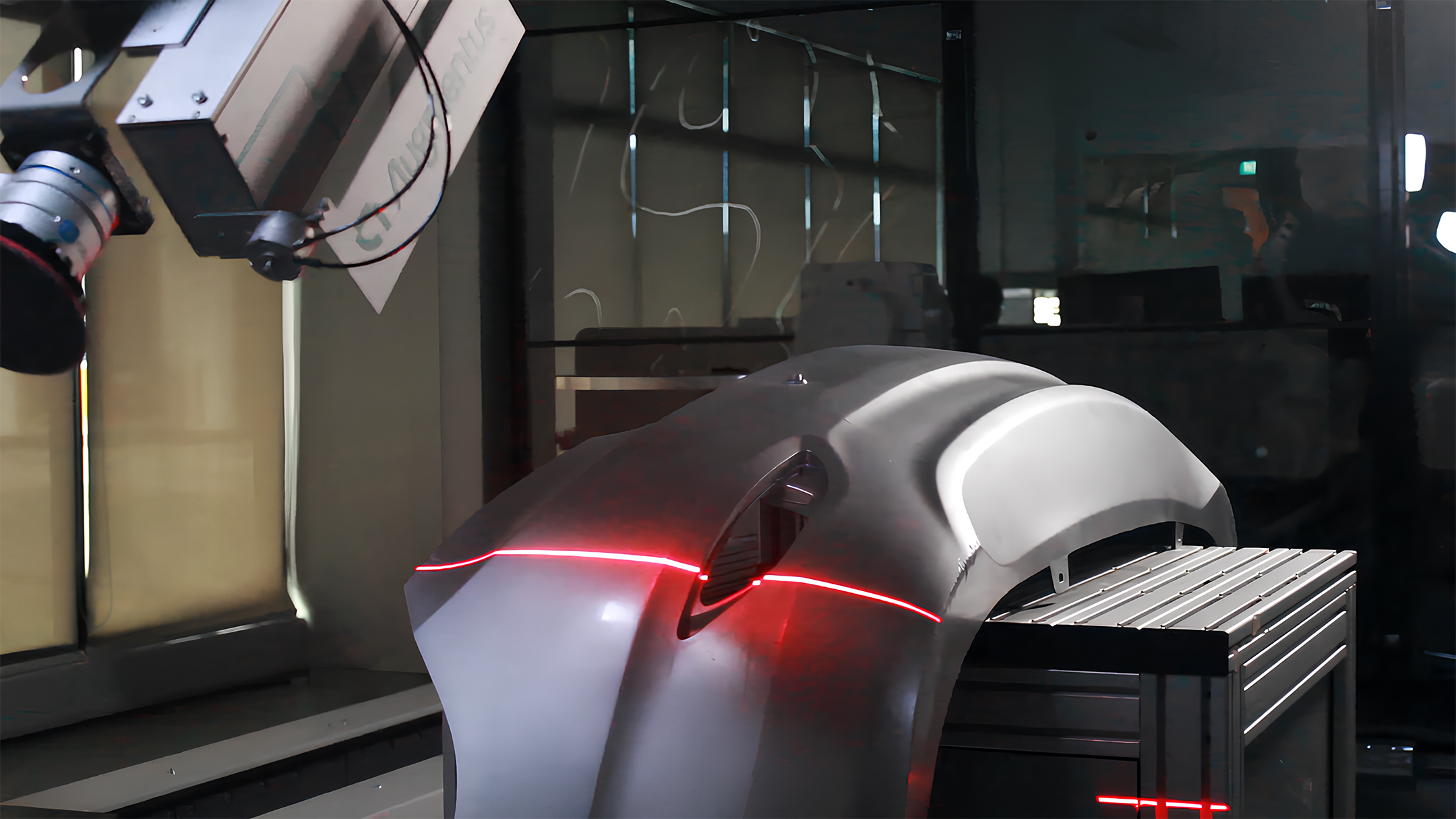
The Right 3D Vision Scanner for Robotic Programming: Laser Profilers vs Structured Light Scanners in Industrial Automation
Key Takeaways In high-mix, high-precision manufacturing environments, selecting the appropriate 3D vision technology is critical to successful robotic automation and robot programming. This article compares laser profilers and structured light scanners, the two most prevalent types of 3D vision systems, to help manufacturers, system integrators, and automation engineers make informed...
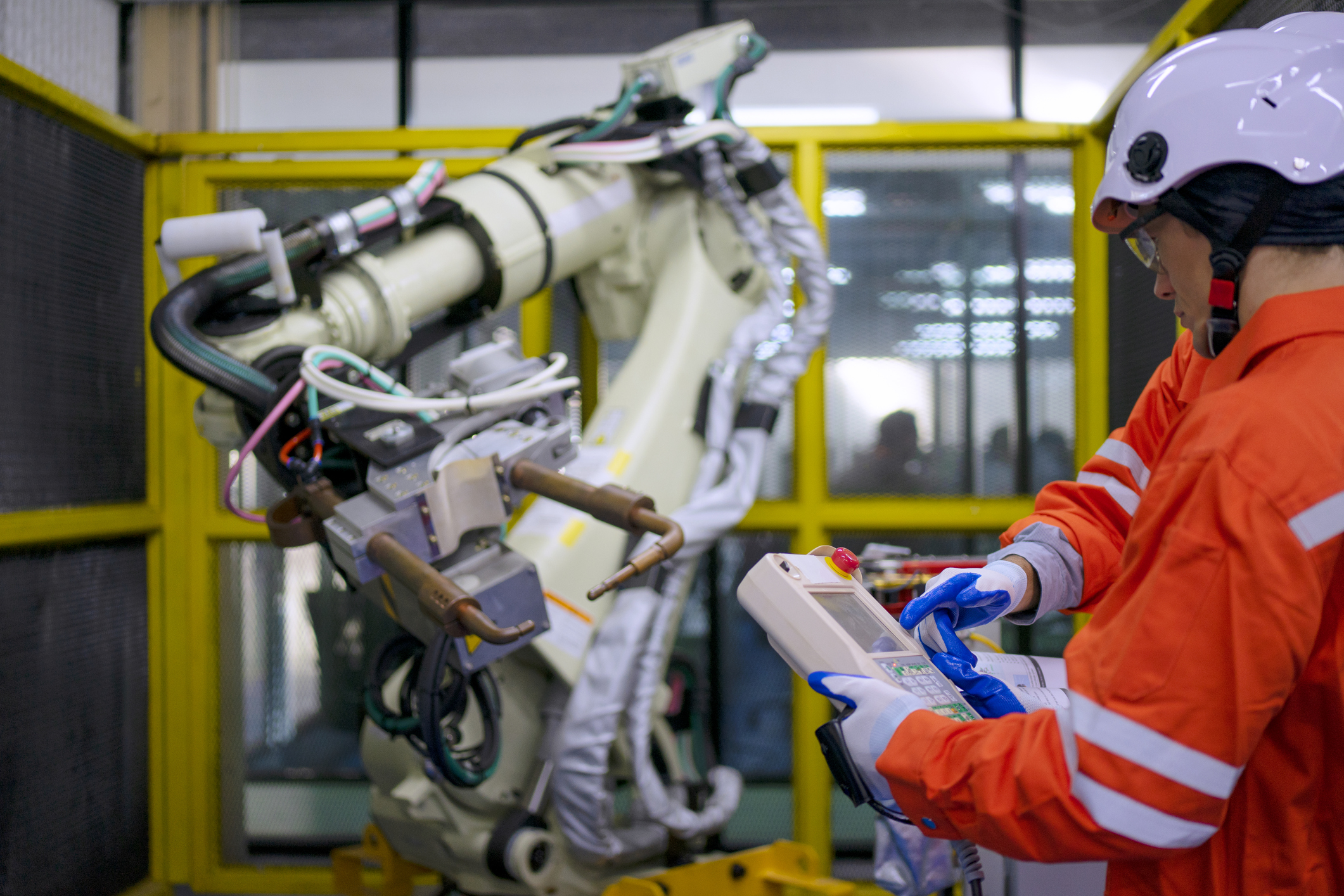
The True Cost of Teach Pendant Programming in a High-Mix Manufacturing Landscape
Introduction Industrial robots have transformed manufacturing by automating repetitive and hazardous tasks. For decades, teach pendant programming has been the default approach for setting up robot motion and logic. It is often perceived as cost-effective and straightforward. Yet as manufacturers face growing pressure to deliver more customized products at shorter...
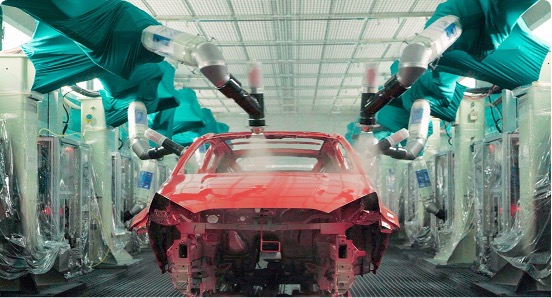
Cut, Weld, Finish: How Manufacturers are Automating Every Step of Fabrication
Why the Production Line Needs a Second Look Manufacturers today are caught between two seismic shifts. Rising labor cost[1][2] and labor shortages[3] continue to deepen, with an estimated 10 million vacancies in global manufacturing[4]. Simultaneously, market demand is pushing manufacturers toward greater product diversity and mass customization—the hallmark of high-mix,...
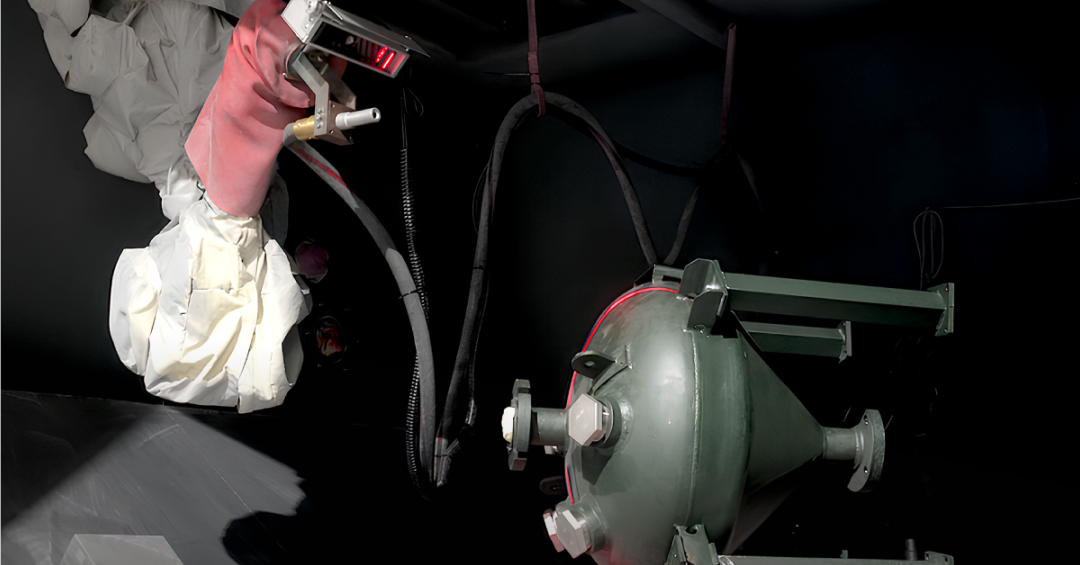
3D Scanning with Industrial Robots: Strategies to Maximize Part Reconstruction Accuracy
3D scanning in industrial automation isn’t just about hardware specs; it's also a critical part of accurate part reconstruction for robotic workflows. When deployed on industrial robots, the effectiveness of a scan is determined not solely by the tool in use, but by the scanning strategy employed. Geometry, size, complexity,...
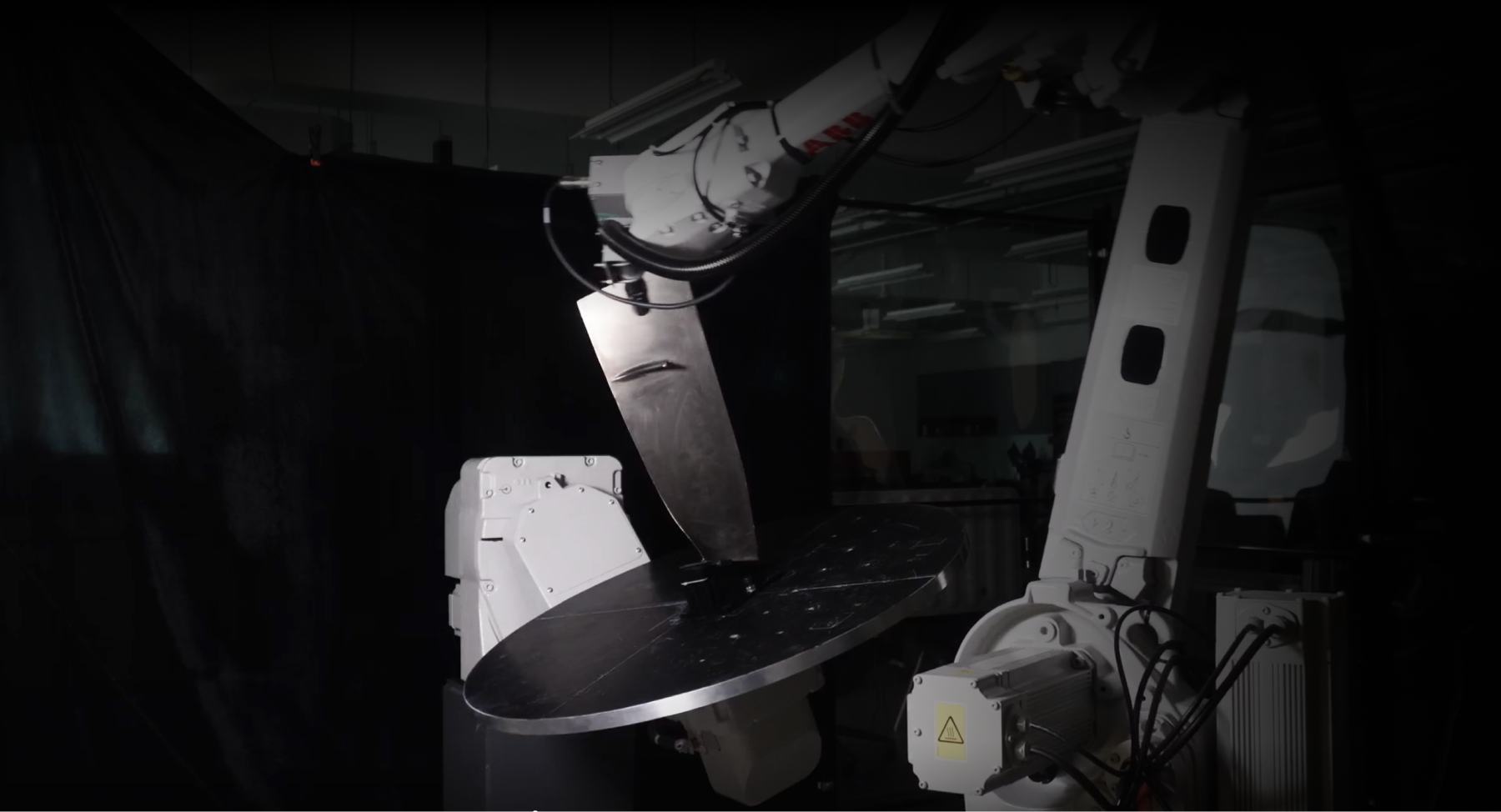
Mastering External Axes: The Hidden Challenge in Robot Programming – And How to Solve It
The Challenge No One Talks About In industrial automation, external axes—like linear rails, turntables, and positioners—are a double-edged sword. They expand a robot’s reach, making it capable of handling larger, more complex workpieces. Yet, they introduce a major programming nightmare: synchronizing movements between the robot and external axes. For years,...
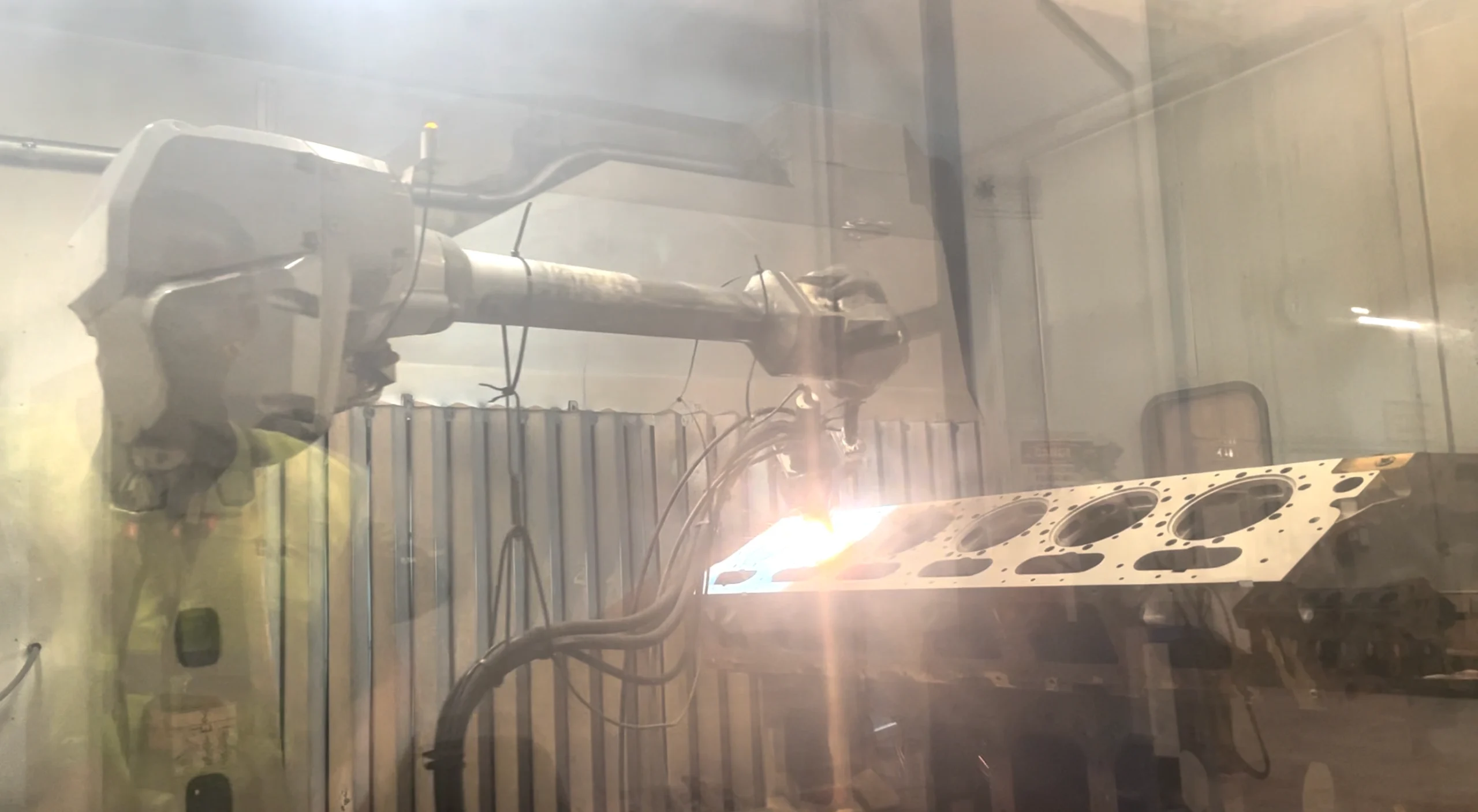
Programming Thermal Spray Robots: Comparing Teach Pendants, OLP, and Augmentus
Thermal spray applications, such as plasma spray, HVOF, HVAF, and arc spray coatings, play a vital role in aerospace, industrial equipment, and MRO (Maintenance, Repair, and Overhaul) processes, where precision and consistency are essential. Achieving the required coating uniformity, adhesion, and minimal overspray hinges on how well robots are programmed...

